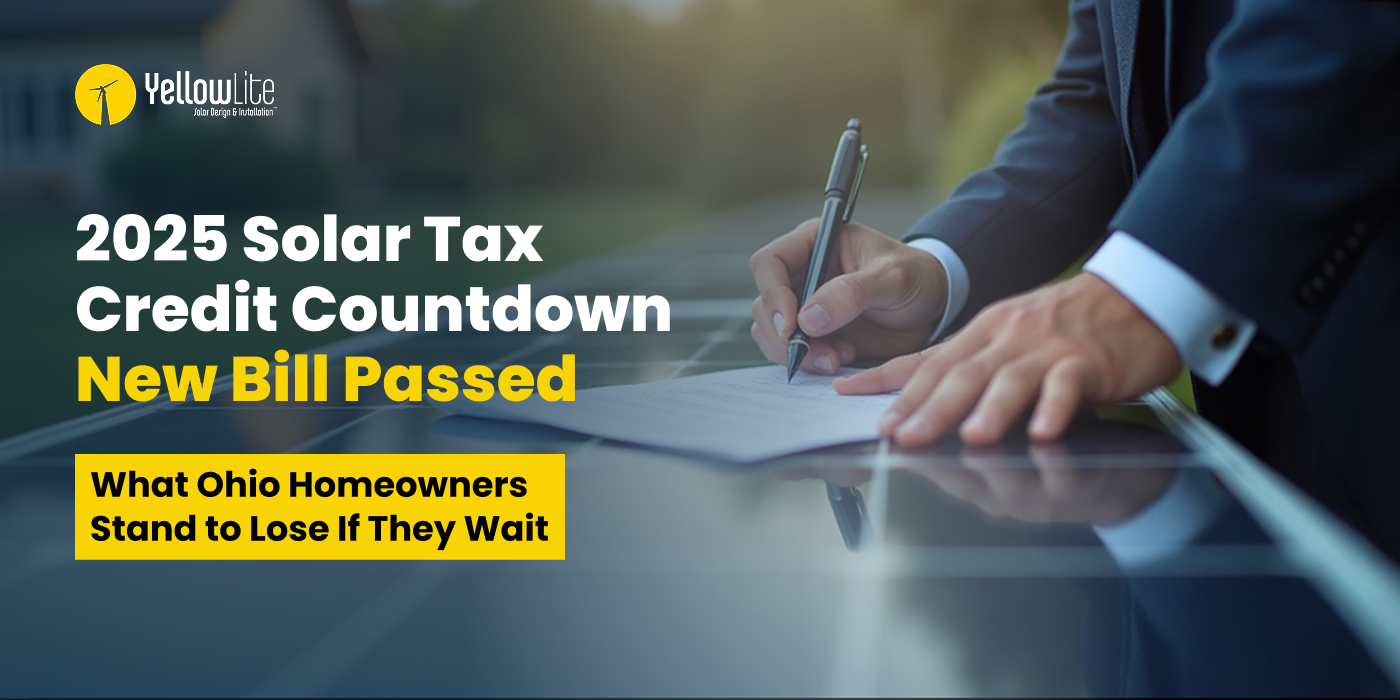By Cody Cooper, Certified Senior Solar Consultant, Yellowlite, Inc.
Many of the energy sources we utilize everyday are derived from the sun. That being said, it often takes many years for those sources of power to mature and become useful. With solar panels, you can cut out the "middle man" and go directly to the source – in this case the sun – for your energy needs. This article outlines the process of harnessing the power of the sun and using it in your home or business.
The method of using the sun's energy begins in the silicon cells contained within each solar module. The energy particles (photons) emitted from the sun interact with electrons in the silicon to produce small amounts of electrical current. Each panel simultaneously harvests the electricity from each of its cells, becoming its own renewable power plant. Combined with each other panel in the array, the culmination results in a usable and impressive amount of energy.
After all power is gathered from each panel, it must be diverted to one of two places. If the system is grid-tied, the electricity is sent directly to a home for use. If it's a battery back-up or stand-alone system, it'll first be sent to a battery bank.
For a grid-tied system, the electricity needs to be manipulated so it matches the quality coming from your electric company. To do this, solar panels send the power they produce through an inverter. The inverter translates the current coming in from DC to AC (What most of your home's loads utilize) and synchronizes with the electricity coming from the utility.
If the solar power system is accompanied by a battery storage bank, then the process is slightly different. The power coming from the modules first passes through a device called a charge controller, which monitors the power level of the batteries. The charge controller ensures batteries are fully charged and conditioned so they perform at maximum potential in the event of a power outage. After the battery bank, the electricity is handled just as a grid-tied system passing through an inverter.
Regardless of the type of system you have, the electricity is then distributed throughout your home or business via your breaker box, which helps to satisfy any electrical loads that are being utilized. If the electricity being produced by the solar array is more than your home or business needs, then it is routed back through your utility meter. Your net usage is then credited back to you by your electric provider. This process is known as net-metering (This does not apply to stand-alone system where you are no longer connected to a utility company).
If the power being produced is less than what your home or business needs at the time, the utility company will "bridge the gap" and supply you with any needed electricity to ensure your power demands may be met without interruption. Although you're still importing electricity from the grid, it's a reduced amount because of the supplementation of your solar array. This means that as long as the sun is shining, you're saving money!
Utilizing solar electric power at your home or business not only takes a stand against fossil fuels and the harmful emissions that accompany them, but also provides you with an independent energy source for the next 40-plus years. Harnessing the power of the sun is truly a liberating experience. Get in contact with a local installer and find out just how exciting and cost-effective producing your own power can be.



